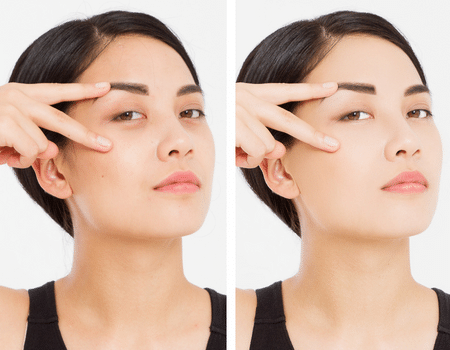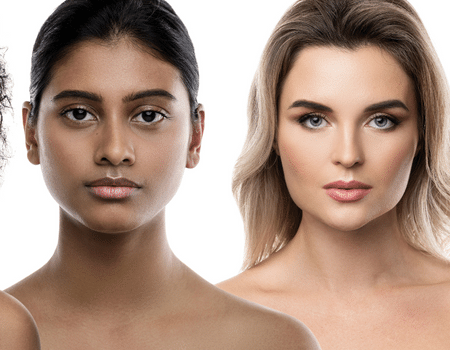
Skin treatments encompass a wide range of non-surgical and minimally invasive procedures designed to address various concerns and enhance overall skin health. These procedures can target:
Unfortunately, there isn’t a single “best skin treatment” that universally applies to everyone. The most suitable option depends on several factors:
Different skin treatments address various concerns:
The “best face treatment” depends entirely on your individual needs and concerns. Consulting a qualified healthcare professional is crucial for personalized recommendations.
Exploring Additional Procedures:
Beyond the specific treatments mentioned above, some other common procedures include:
Skin Tightening:
Scar Revision:
Wrinkle Reduction:
Texture Improvement:
Acne Treatment:
Remember: It’s crucial to seek professional guidance for acne treatment, as self-treating can worsen the condition or lead to scarring.
While in-clinic treatments can address specific concerns, a holistic approach is essential for long-term skin health. This approach incorporates:

While not always the first-line options, some advanced procedures address specific concerns:
Important Considerations:
Before embarking on any skin treatment, consider these crucial aspects:
Additional In-Clinic Treatments:
The world of skin treatments extends beyond the procedures covered previously. Here are some additional options:
Selecting a qualified and experienced healthcare professional is paramount when considering any skin treatment. Here are essential criteria to consider:
Beyond Procedures: Building a Holistic Routine
Remember, in-clinic treatments are valuable tools but should be complemented by a consistent home care routine:
Achieving your desired skin health is just the beginning. Here are some tips to maintain your results:
Consistency is key: Maintain your personalized skincare routine diligently, including cleansing, moisturizing, and sun protection, even after achieving your initial goals.
Schedule regular follow-up appointments: Depending on the treatment, your provider might recommend follow-up appointments to maintain your results or address any new concerns.
Listen to your skin: Pay attention to how your skin reacts to products, treatments, and environmental changes. Adjust your routine or consult your provider if you experience any irritation or unexpected changes.
Embrace a healthy lifestyle: Continue prioritizing a balanced diet, adequate sleep, and stress management, as these factors play a crucial role in maintaining overall skin health.
Unlock the potential of your facial beauty with the transformative power of Skin Care Treatment. At Padra Medical Center, we understand the significance of well-defined Skin in enhancing your overall appearance.
Revered as the leading hair clinic in Qatar we assure effective results against a reasonable hair transplant cost.